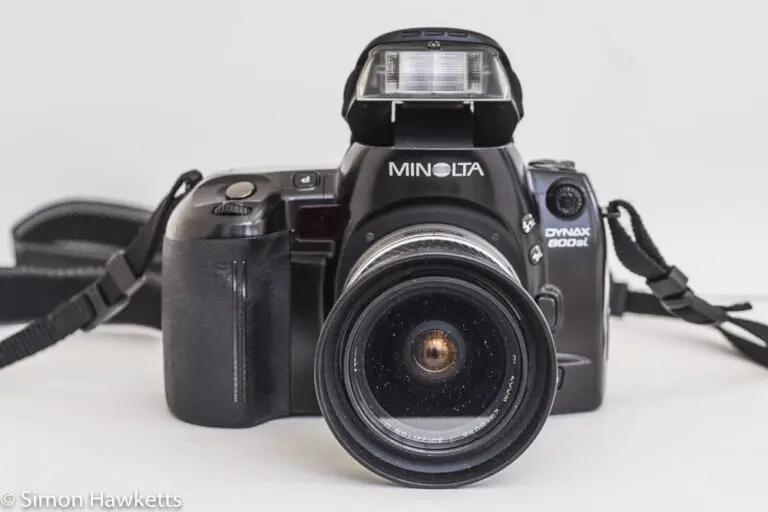Minolta 16 sub-miniature 16 mm film camera
The Minolta 16 camera was one of the early sub-miniature cameras Minolta made which took their 16 mm film cartridges and produced negatives of 10 mm x 14 mm.
Minolta 16 Images



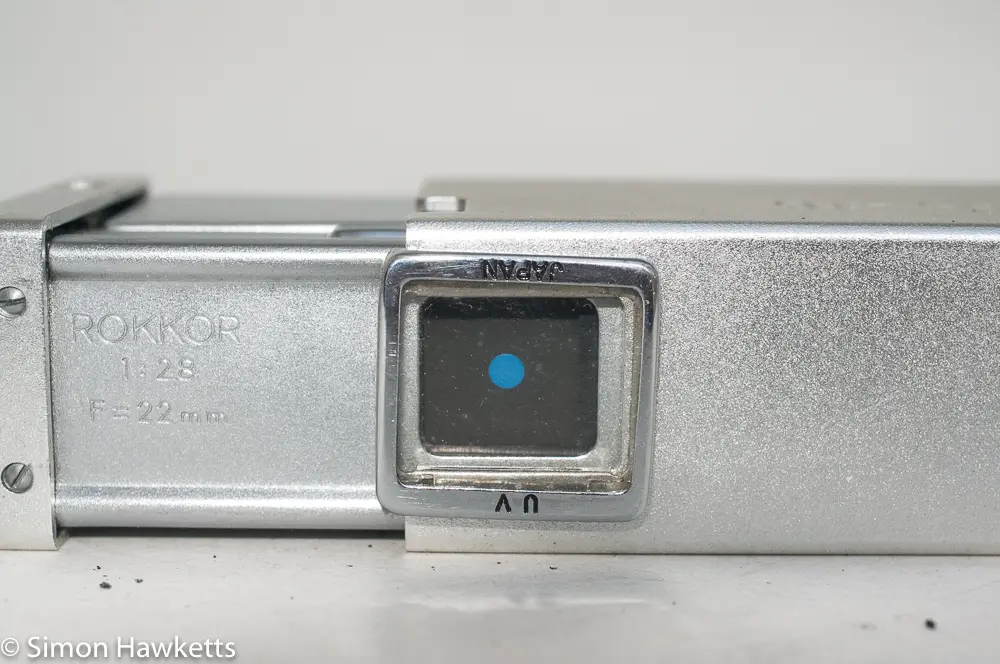

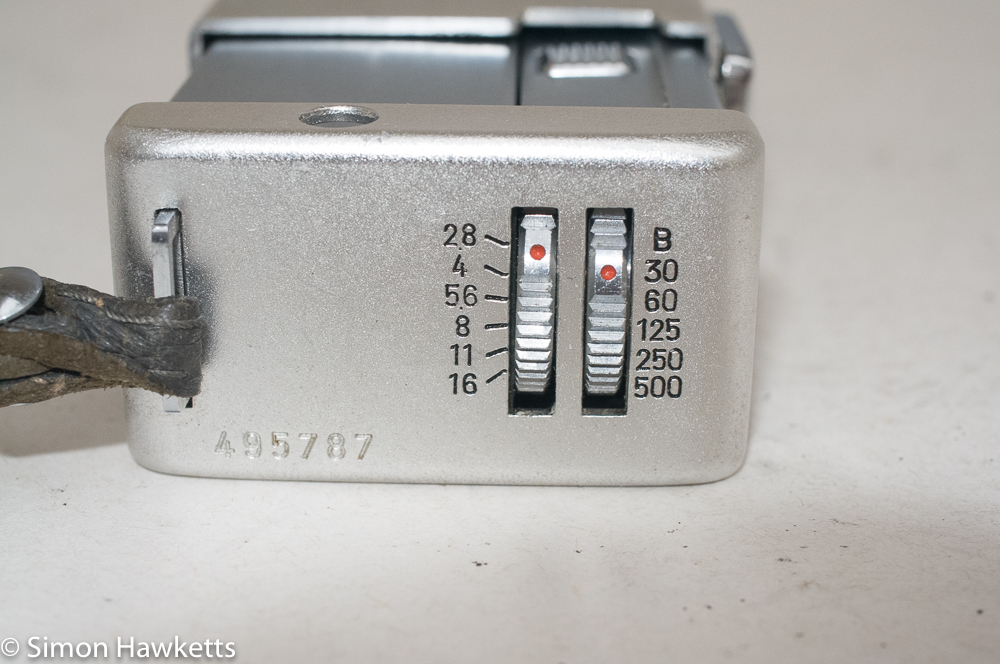




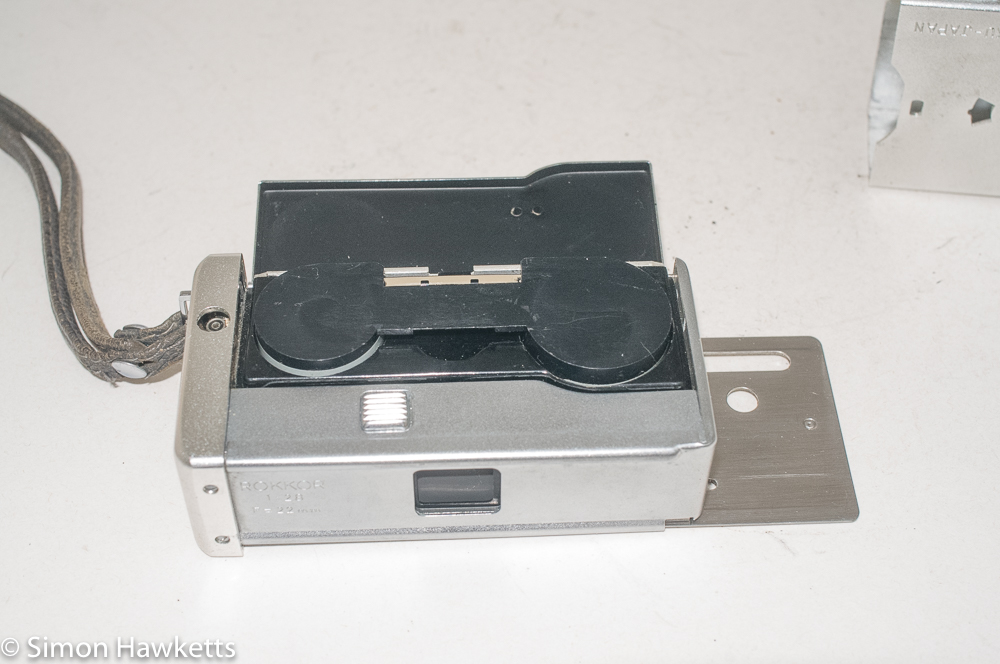
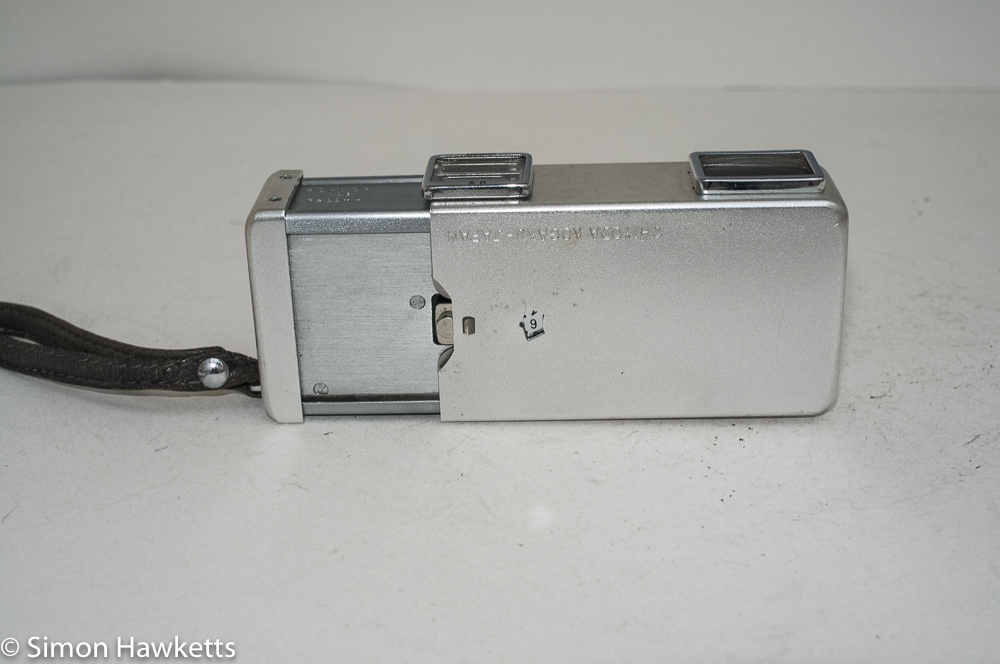
My Minolta 16 Camera
I bought my example of the camera for about £5 and purchased it only to add to my growing collection of 16 mm format cameras. It was on eBay with an opening bid of £4.99 and since no one else placed a bid that is what I got it for.
The camera seems in good shape physically, with only a bit of light scuffing on the outer aluminium case. I thought when I first received it that there was a problem with the frame counter because it didn’t advance when the shutter is cocked and released.
However, with a bit of experimentation I found that the counter needs to be set to the number of exposures of the film when loading, and then it counts down as the film is exposed.
Minolta 16 Description
The Minolta 16 is a much simpler camera than some of the later Minolta 16 mm cameras that I own. It has no exposure measuring system and therefore no mechanism for setting film speed etc. The focusing is fixed, and the controls basically consist of two thumb wheels for setting the shutter speed and aperture.
One aspect of the design which is common to all the other 16 mm Minolta cameras that I own, however, is the solid aluminium outer case, which makes the camera feel like a substantial and well-made unit.
The camera doesn’t have a film advance in the conventional sense – in a much more James Bond inspired way, the film is advanced, and the shutter cocked by pulling the right-hand end of the camera (when viewed from behind) out of the solid aluminium case. This advances the film and cocks the shutter, whilst at the same time reveals the shutter release button on the top of the inside section. If you do this multiple times, the mechanism is clever enough to know that the shutter hasn’t been fired, and the film is not advanced.
Because it would be possible to pull the camera apart, fire the shutter and then put the camera down without closing it up again, there is a small blue dot on the outer shutter cover which tells you that the shutter is cocked. This way you should be able to make sure you don’t miss a shot thinking the camera is ready when it’s not.
In order to load the camera with film, the outer aluminium case is completely removed by opening it to the point where the shutter is cocked and then holding down a small metal tab and pulling the camera further apart. With the camera in two pieces, there is a small trap door in the main camera body which opens up and allows the film cartridge to be dropped into place.
In the pictures above, you can see one of the film cartridges. This is a Minolta 16 “Colour film for slides” which expired in Oct 1973 which I recently picked up, along with a black & white film currently fitted to my Minolta 16 MG. Although this was sold as Minolta film, in fact it is Ektachrome film and the black & white version I have is Tri-X. I guess Minolta themselves didn’t make film.
This is a nice little addition to my 16 mm collection, and now I have some film cartridges I am going to try to produce a set of test negatives.
Minolta 16 Specifications
- Minolta 16 viewfinder sub-miniature camera
- Shutter speeds 1/500 to 1/30 sec + bulb
- Aperture f/2.8 to f/16
- Rokor 22mm f/2.8 lens
- UV filter fitted
- Takes Minolta 16mm film cartridge
- Spy type ‘pull apart’ shutter cocking and film advance
- Count down frame counter
- Flash sync socket
- Ser No: 495787
- Manual available on-line here
Discover more from Everything Vintage
Subscribe to get the latest posts sent to your email.





